¡A practicar!
Espero que lo que aquí escribo sirva para ayudar a estudiantes del castellano y de las culturas de países hispanohablantes a desarrollar el vocabulario, practicar las estructuras, y entender un poco más nuestras ricas costumbres e historias.
I hope that what I write here will help students of Spanish and of the cultures of Spanish-speaking countries to develop vocabulary, practice structures, and better understand our rich customs and histories.
I hope that what I write here will help students of Spanish and of the cultures of Spanish-speaking countries to develop vocabulary, practice structures, and better understand our rich customs and histories.
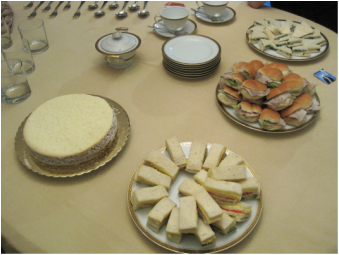

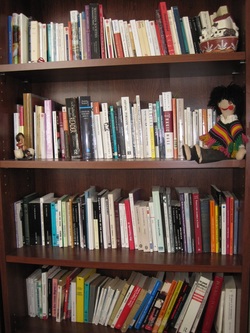
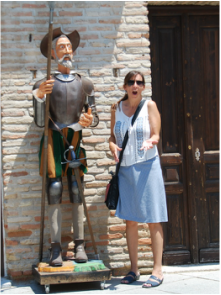
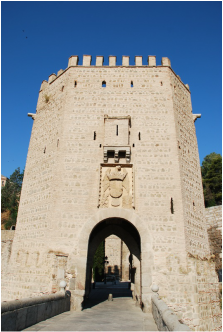
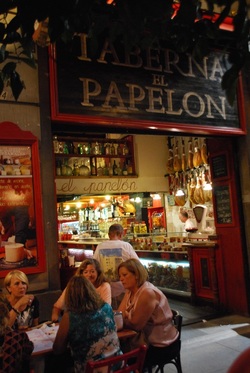
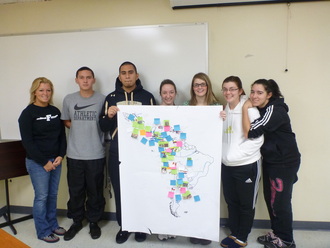


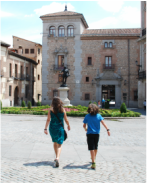
 Canal RSS
Canal RSS
